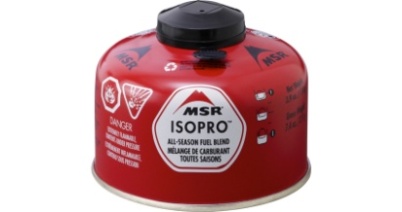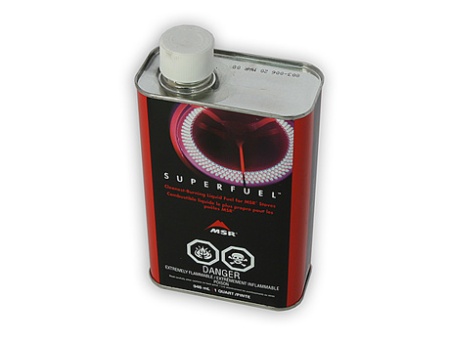Cooking in the outdoors.
Food always tastes much better out in the fresh air and when we are camping we have many different options when it comes to cooking . This article will look at those options when we are travelling light, whether that be hiking, kayaking, canoeing or biking.
In the past cooking was a simple affair of getting a fire going and using that to cook food over. Nowadays it is not so easy as environmental and wildfire concerns make cooking over an open fire less practical. This means we have to carry a stove and fuel with us. The first question to solve is which fuel to use?
The choice is basically between canisters of isobutane/propane and liquid fuels such as superfuel or gas.
|
Canister fuel |
Liquid fuel |
|
Advantages. Instantaneous ignition Simple to control Stoves are smaller |
Advantages. Burns hot so short cook times Fuel is more widely available and cheaper Less affected by temperature and altitude Able to be pressurised so performance is always constant. Field maintainable |
|
Disadvantages Canisters are bulky and have to be carried out when empty Doesn’t work as efficiently at high altitudes or low temperatures Doesn’t burn as hot so cooking times may be longer and use more fuel. As canister empties performance may deteriorate
|
Disadvantages Very flammable so care needed with it Most stoves require priming before starting Stoves may require care to simmer. Stoves are larger in size Fuel is heavy as it is in liquid form. |
Recently we have seen the arrival of stoves such as the Primus Omnifuel and the MSR WhisperLite Universal that are capable of running both fuel systems to give you the ultimate flexibility.
Canister stoves
Canister stoves are typically small and compact stoves that screw directly onto the canister of fuel, they have a simple turn switch to allow the fuel to flow and may or may not have a built in lighter. The fuel canisters come in a range of different sizes allowing you to choose the suitable size depending on the duration of your trip and how compact you need the canisters to be. The arms on most stoves will fold allowing the stove to be packed into small spaces, some will fold small enough to fit in the curved underside of the fuel canister. The small size of these stoves mean that they are able to fit, alongside a small fuel canister, inside a small cooking pot making for a very compact and lightweight system.
Canister stoves are fairly simple pieces of equipment and the fuel they use is very clean so there is little maintenance to do on them, the flip side to this is that if they do go wrong it isn’t possible to repair them in the field so you may want to carry a back up if you are on a long or a remote trip.
One of the downsides to the canisters is that as the fuel volume reduces so does the pressure in the canister and this can lead to extending the boil time to the point where there is still fuel in the canister but it seems to take longer and longer to bring water to the boil. The reactor stove from MSR overcomes this with a clever pressure valve in the stove which means that you get a 3 minute boil whether the canister is full or practically empty. The fact that the canisters are not refillable often leads us to stockpiling a collection of half to 2/3 empty canisters in our garages which we never get to use. Because they are pressurised it has been hard to recycle the canisters but now it is possible to buy a tool, the crunch it, to puncture the canisters so that they can be accepted for recycling.
Liquid fuel stoves
Liquid fuel stoves are much larger than canister stoves and use a refillable fuel bottle. A pump pressurises the fuel in the bottle and this pressure can be topped up as necessary whilst the stove is in use to maintain the flow of fuel. These stoves will burn a range of liquid fuels and come with different jets to allow the use of these different fuels. Some like the MSR XGK and the Primus Multifuel will burn just about any flammable liquid including gas, kerosene,diesel, aviation fuel, etc. The fuel generally lasts longer than canisters requiring less space to haul it around. These stoves burn much hotter and are generally more efficient than canister stoves with quicker boil times. On the downsides liquid fuel stoves require more care when lighting as they need to be primed with a small amount of fuel at first in order to assure the vaporisation of the fuel coming to the burner so that your stove doesn’t turn into a flamethrower! I have fond memories of losing some eyebrows the first time I fired up my new liquid fuel stove many years ago! With care they stoves will last a very long time. My MSR Whisperlite International is over 20 years old and is still working perfectly after some routine maintenance. This is another advantage of the liquid fuel stoves is the availability of spares and maintenance kits so it is possible to strip them down and repair them in the field or at home to keep them operating efficiently.
If you have never done any maintenance on your stove or maybe its performance is starting to deteriorate then now is a perfect time to give it a service. You can buy annual maintenance kits which allow you to replace o rings and clean and tune up your stove. If you are not sure about how to do this then we have arranged for a clinic with the MSR technical rep on May 25th, you can bring your MSR stove to the store, pick up a service kit and get a hand to bring your stove back to its full operating abilities and efficiency. Just in time for your summer camping adventures. For more details see the item in our April newsletter or call either the Courtenay or Nanaimo stores.





